Home > Circuit Protection > Page 3
Circuit Protection Devices
Types of Circuit Protection Component Electronic Parts
| ESD Suppressors / TVS Diodes | LED Protection Devices | Gas Discharge Tubes - GDTs / Gas Plasma Arrestors |
| Circuit Protection Kits | Power Outlet Strips | Varistors |
Result: 68
1210L010/90WR
- Littelfuse
- Resettable Fuses - PPTC
- New original
- Data sheet: 1210L010/90WR Datasheet
Quote:
AVRH10C220YT201MA8
- TDK Corporation
- Varistors
- New original
- Data sheet: AVRH10C220YT201MA8 Datasheet
Quote:
1583H8E1BKDP
- Hammond Manufacturing
- Power Outlet Strips
- New original
- Data sheet: 1583H8E1BKDP Datasheet
Quote:
1583T8E1BK
- Hammond Manufacturing
- Power Outlet Strips
- New original
- Data sheet: 1583T8E1BK Datasheet
Quote:
DK-GDT28H-01
- Bourns
- Circuit Protection - Assortment Kits
- New original
- Data sheet: DK-GDT28H-01 Datasheet
Quote:
GDT25-42-S1-RP
- Bourns
- Gas Discharge Tubes - GDTs / Gas Plasma Arrestors
- New original
- Data sheet: GDT25-42-S1-RP Datasheet
Quote:
GDT25-47-S1-RP
- Bourns
- Gas Discharge Tubes - GDTs / Gas Plasma Arrestors
- New original
- Data sheet: GDT25-47-S1-RP Datasheet
Quote:
GDT28H-270-BRP
- Bourns
- Gas Discharge Tubes - GDTs / Gas Plasma Arrestors
- New original
- Data sheet: GDT28H-270-BRP Datasheet
Quote:
NUD4700SNT1G
- Onsemi Semiconductor
- LED Protection Devices
- New original
- Data sheet: NUD4700SNT1G Datasheet
Quote:
LTC4366HTS8-2#TRMPBF
- Analog Devices Inc.
- Surge Protective Devices - SPD
- New original
- Data sheet: LTC4366HTS8-2#TRMPBF Datasheet
Quote:
Circuit Protection refers to the implementation of safety measures and components within electronic circuits to safeguard them against potential damage caused by overcurrent, voltage spikes, short circuits, and other electrical anomalies. This crucial aspect of electronic design aims to prevent equipment failure, fires, or other hazards by interrupting or limiting the flow of excessive electrical current.
Key components involved in circuit protection:
- Fuses: Fuses are protective devices designed to break the circuit when excessive current flows through it, preventing damage to the components downstream.
- Circuit Breakers: Similar to fuses, circuit breakers automatically interrupt the flow of current when a fault is detected. Unlike fuses, circuit breakers can be reset after tripping.
- Surge Protectors: These devices are employed to suppress voltage spikes or surges, commonly caused by lightning, and protect sensitive electronic equipment from damage.
- Transient Voltage Suppressors (TVS): TVS diodes and other suppressors protect against transient voltage spikes by diverting excess voltage away from sensitive components.
- Varistors: Metal Oxide Varistors (MOVs) are voltage-dependent resistors used to protect circuits against overvoltage conditions.
- Thermal Protection: Thermal cutoffs and sensors are utilized to detect overheating and shut down the circuit to prevent damage due to excessive temperature.
- Ground Fault Circuit Interrupters (GFCI): GFCIs monitor the balance between incoming and outgoing current and quickly disconnect the circuit if an imbalance is detected, preventing electric shocks.


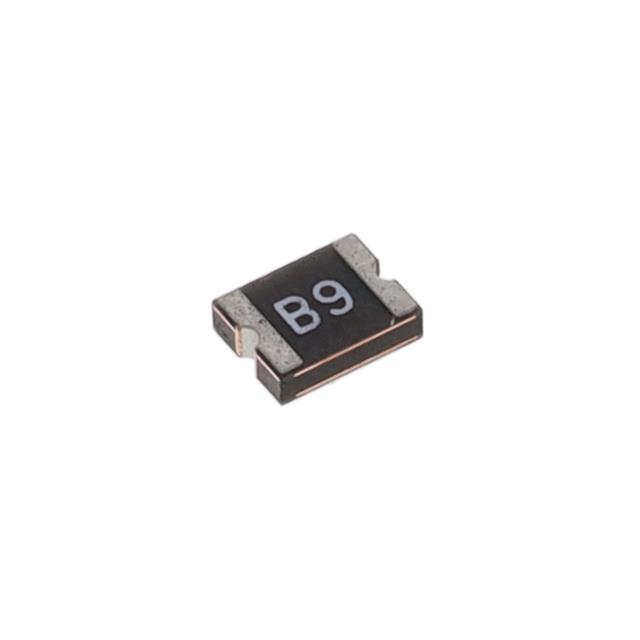
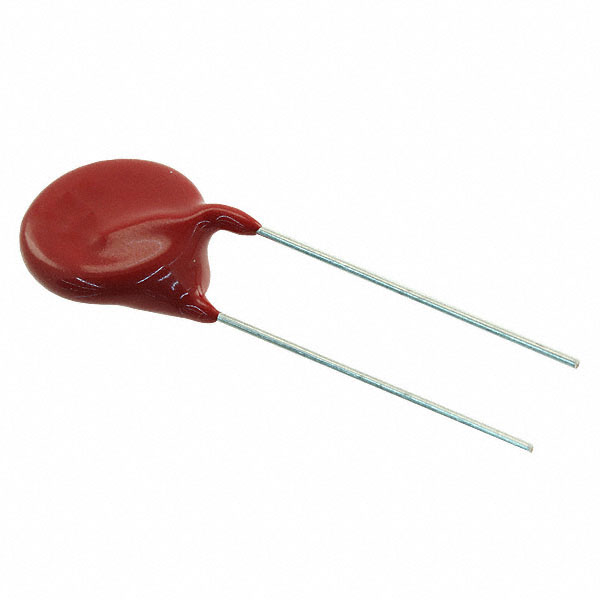
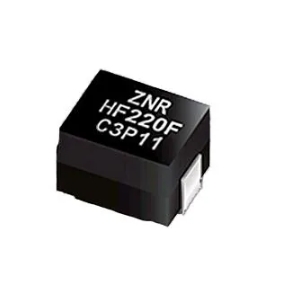
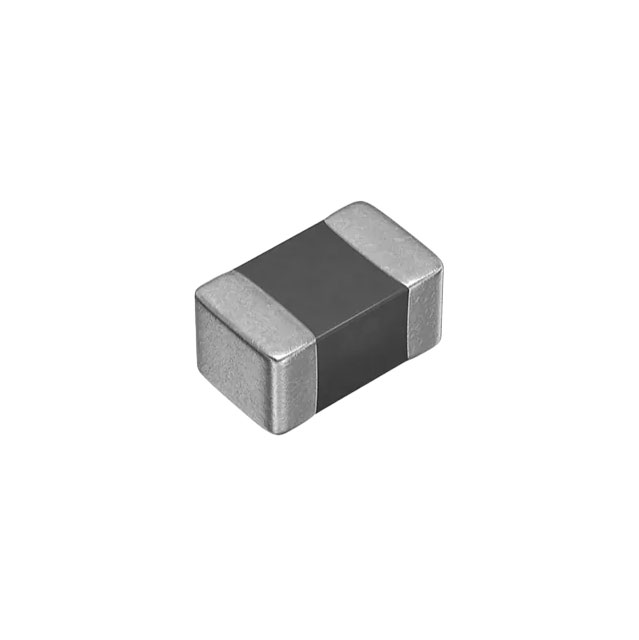
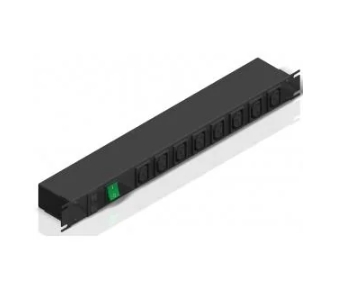
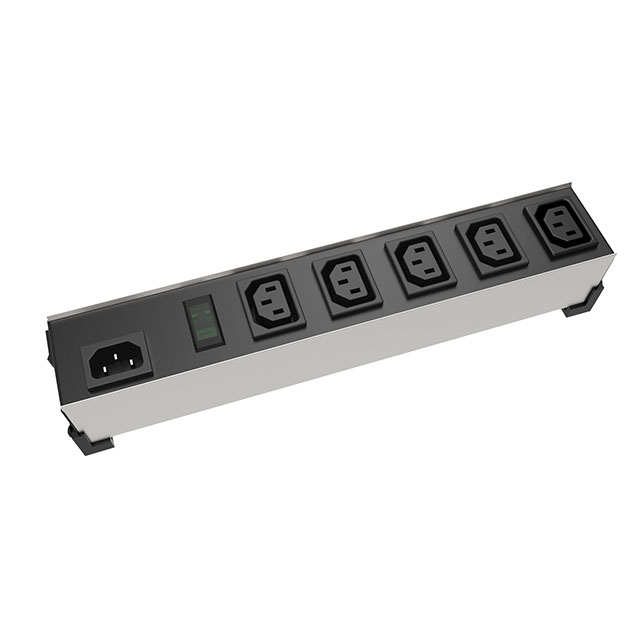
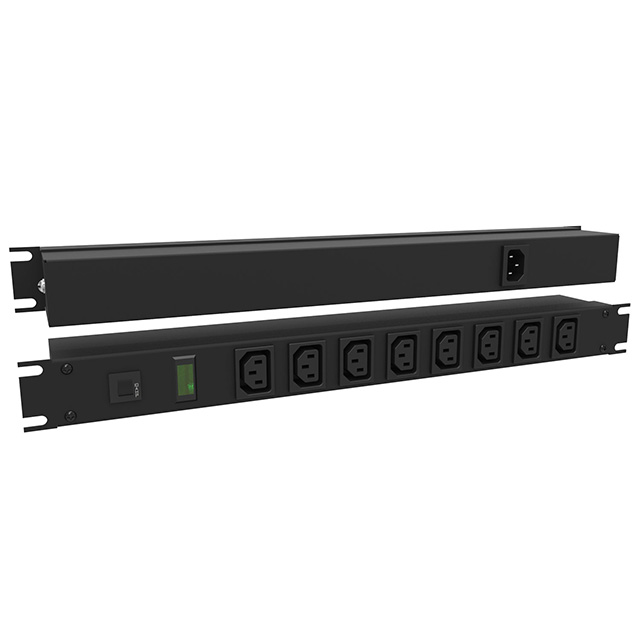
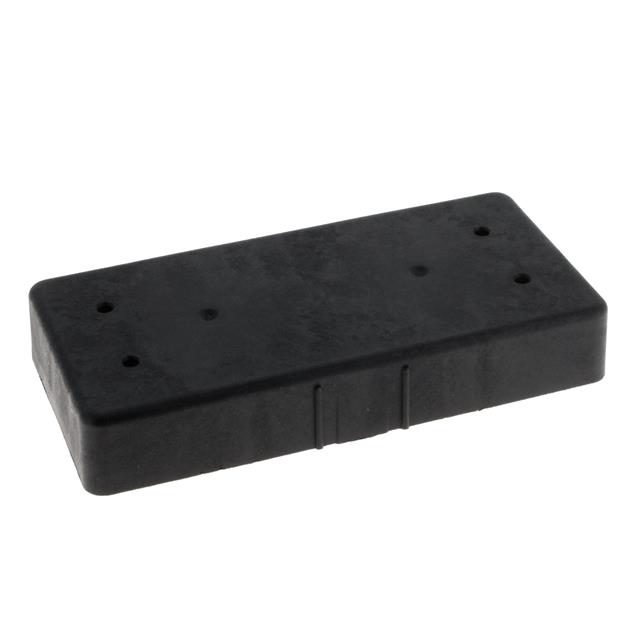
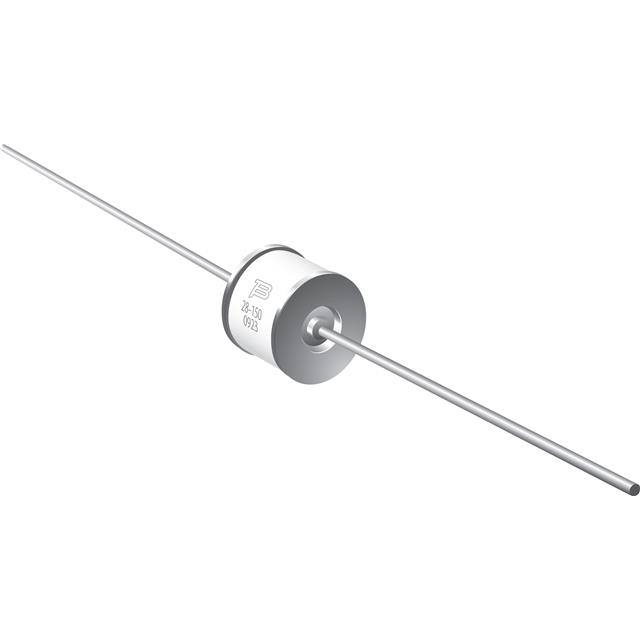
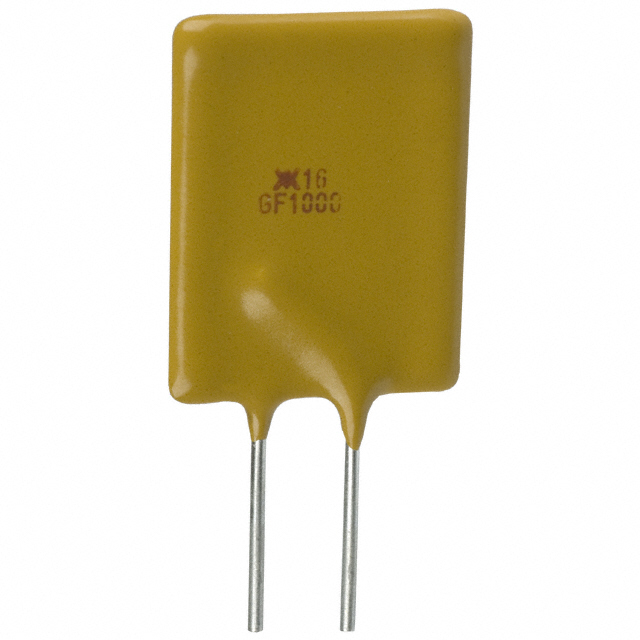
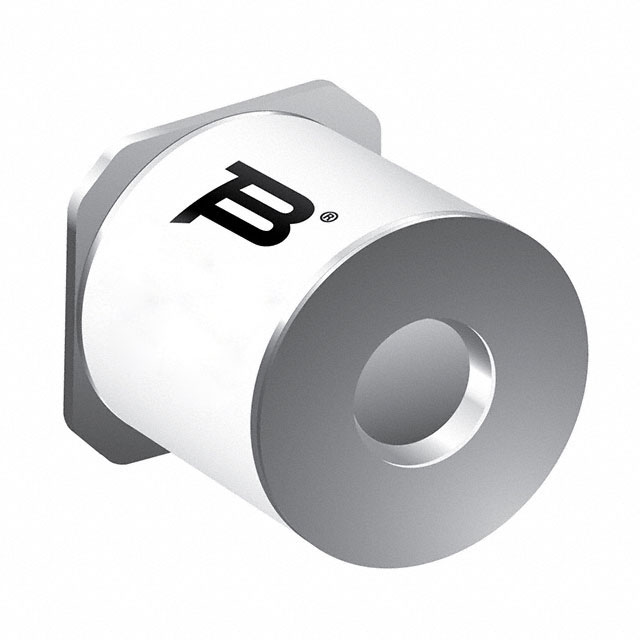
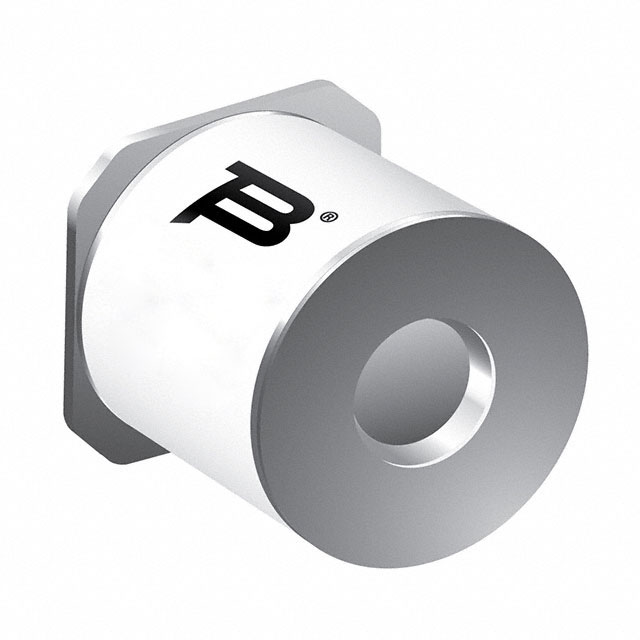
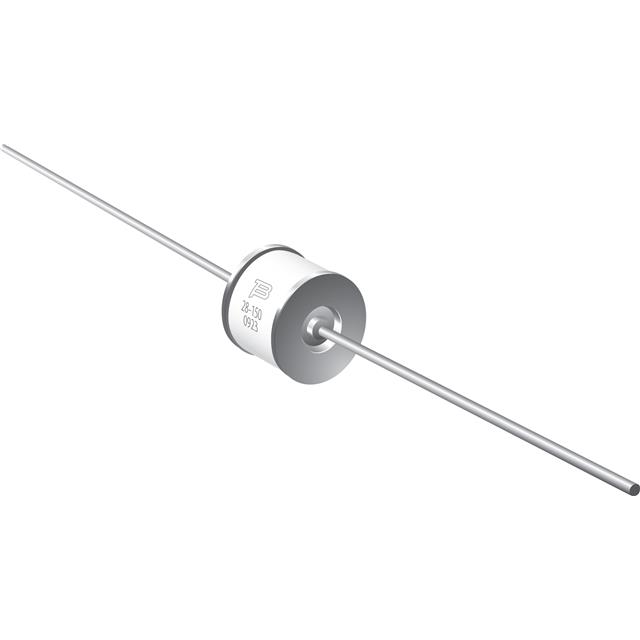
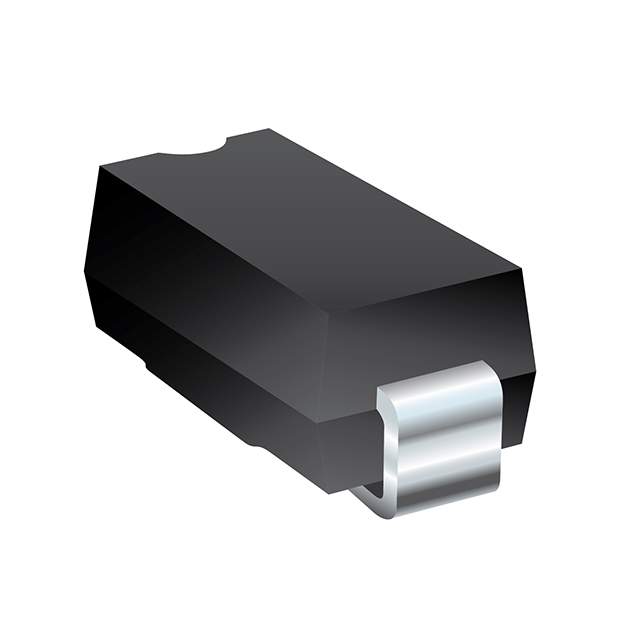

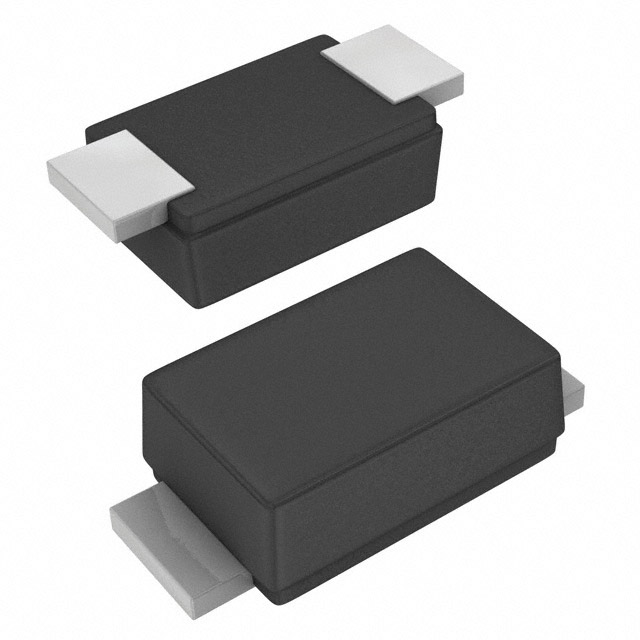
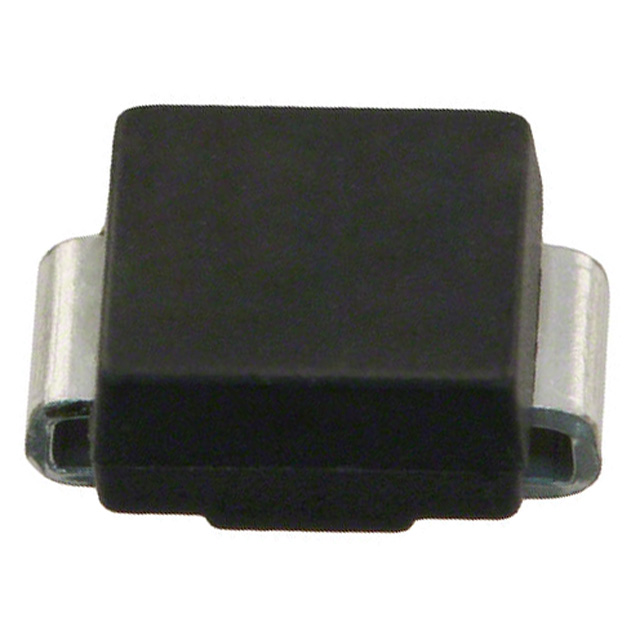
.png)